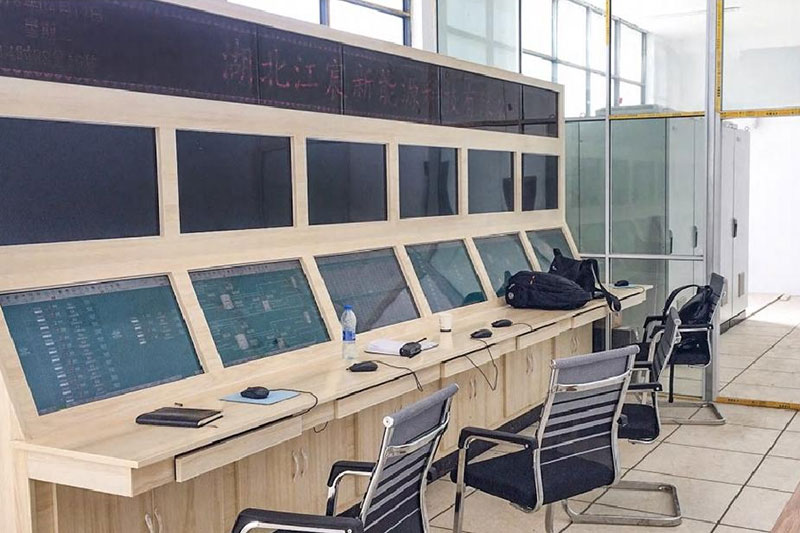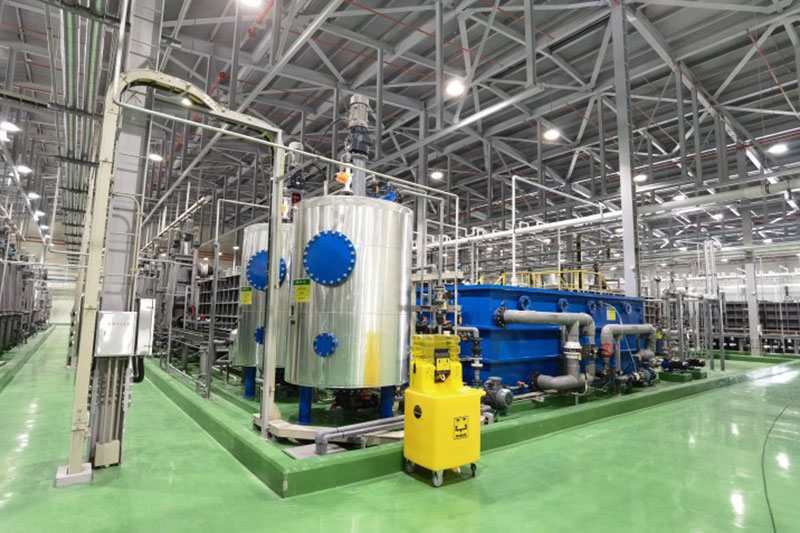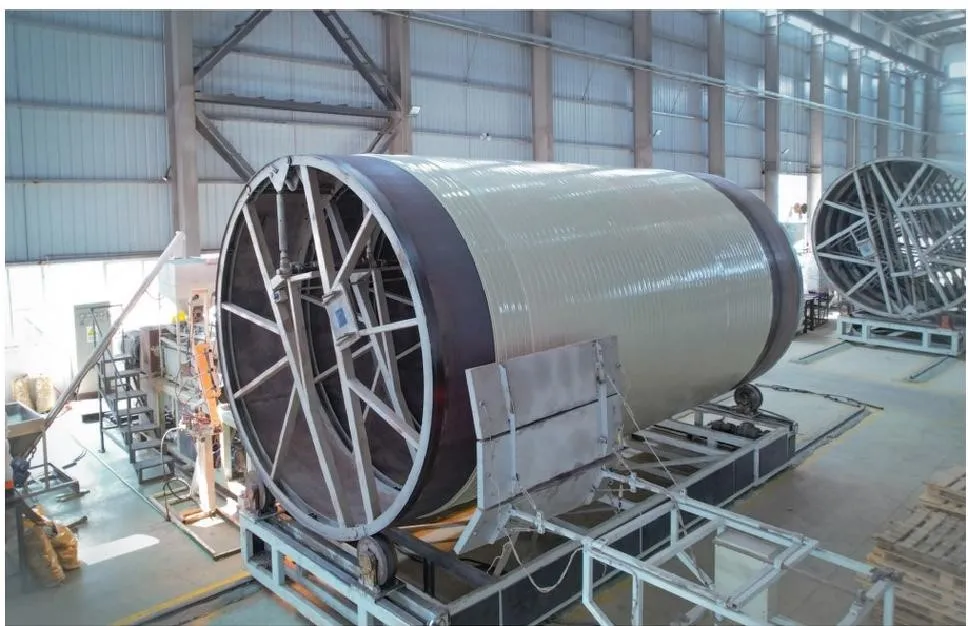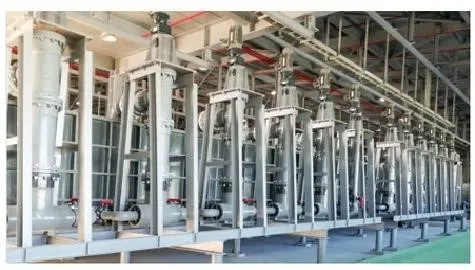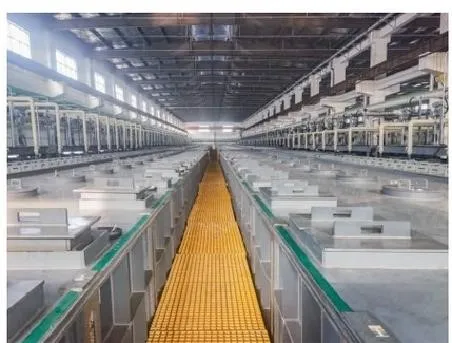Precious metal extraction refers to the industrial processes used to recover valuable metals—such as gold, silver, platinum‑group metals and other rare/heavy‑metals—from primary ores, recycled materials or waste streams. It involves a sequence of physical and chemical operations designed to separate the target metal from host minerals or waste matrices and produce a purified form suitable for refining, reuse or onward processing.
Through cutting‑edge technologies, tailored extraction equipment and engineered process flows, organisations can increase yield, reduce environmental impact and optimise costs within extraction projects.
Continue reading to discover each critical step — and how a leading provider delivers advanced solutions tailored for the extraction of precious metals.
Inhaltsübersicht
Sources of Precious Metals
The first key step in any precious metal extraction undertaking is identifying and characterising the sources from which metals can be recovered. These sources fall broadly into three categories:
-
Primary mineral ores: Precious metals are often embedded in host rock, for example gold in quartz‑vein systems or platinum‑group metals (PGMs) in layered mafic intrusion ores. Primary extraction from such ores remains a major supply stream globally.
-
By‑product streams from other metal extractions: Precious metals often accompany nickel, copper, cobalt and lithium ore processing or recycling. For example, gold and silver may precipitate with base‑metal sludge or tailings and can be recovered as a value‑added stream.
-
Secondary/recycled sources: E‑waste, spent catalysts, battery scrap and spent chemical process solutions represent increasingly important feeds for precious metal extraction. Advancements in selective recovery, solvent technologies and recycling infrastructure make this an essential part of the supply chain.
From a process‑design perspective, each source presents its own challenges:
-
Ore complexity: Varying mineralogy, presence of sulphides, organics or refractory minerals can complicate extraction. For instance, refractory gold ores may require roasting or pressure oxidation to liberate gold particles.
-
By‑product streams: The metal content may be low, contamination high, and form of the precious metal may be non‑native (for example, dispersed in a sulphide matrix or tied up in complex compounds).
-
Recycled/secondary materials: These often present metal in highly dispersed or chemically complex forms, requiring tailored solvent systems, selective leaching or novel separation techniques.
Effective extraction design begins with a robust feed‑characterisation phase: mineralogy, metal content, impurity profile, particle size, physical form. This feeds into process selection, equipment specification and materials of construction.
By understanding the source type and the associated challenges, companies can tailor their extraction approach for higher metal recovery, lower reagent usage, and better cost‑effectiveness.
Chemical Extraction
Once the source is identified and prepared, the heart of the operation is the chemical extraction of the precious metal. This encompasses a number of physical/chemical operations: leaching, dissolution, solvent extraction, electrowinning, precipitation, refining and purification. Below are key sub‑processes and considerations.
Leaching / dissolution
One of the most common routes for precious metals (especially gold) is leaching using a chemical solvent. For example, gold may be dissolved in a cyanide solution, in the presence of oxygen, via a carbon‑in‑pulp circuit. Gravity separation and flotation often serve as pretreatment to concentrate the metal‑bearing fraction before leaching. While cyanidation remains widely used, it has challenges with refractory ores, sulphide host minerals and environmental constraints; alternative reagents and methods (such as thiosulphate leaching) are gaining interest.
Purification and refining
After dissolution, the precious metal must be separated, concentrated and refined. For example, gold purification may involve the Miller process (chlorine gas blows impurities out) or the Wohlwill process (electrolytic refining) to achieve very high purity. For other precious metals and recyclable streams, selective precipitation, solvent extraction or electrowinning may apply.
Emerging techniques and environmental considerations
Increasingly, extraction operations are evaluated not just on metal recovery but also on environmental footprint. Methods such as ionometallurgy (using ionic fluids or deep eutectic solvents) promise lower energy consumption, fewer toxic reagents and more selective extraction of precious metals from complex feeds. Additionally, gravity concentration and mechanical pre‑treatment (shaking tables, spiral concentrators) can reduce reagent consumption by removing bulk gangue prior to chemical treatment.
Design implications
For industrial implementation, the chemical extraction phase drives many design choices:
-
Selection of materials of construction (to resist corrosion from cyanide, chlorine, acids, high temperatures)
-
Equipment layout (leaching tanks, reaction zones, separation modules, filtration)
-
Process control instrumentation (for solvent strength, oxidation potential, precious‐metal loading)
-
Tailings and waste handling (ensuring residual reagents, arsenic, sulphates are managed)
-
Operational parameters (temperature, pressure, reagent concentration, residence time)
In summary, chemical extraction of precious metals requires a robust, flexible process‑design that can adapt to feed variability, target high recovery and comply with environmental and safety standards.
How Tianyicheng Works
Hangzhou Tianyicheng New Energy Technology Co., Ltd. (TYIC) brings a complete, custom‑engineered approach to precious metal extraction systems, tailored for industrial clients across the battery, non‑ferrous metals, chemical manufacturing and environmental‑protection sectors.
Company overview & credentials
TYIC is a nationally‑recognised “high‑tech enterprise” in China, listed on the New Third Board (stock code: 871858) and boasts decades of manufacturing experience in extraction equipment, environmental protection systems, plastics and mixing equipment. Their manufacturing capacity, advanced process‑design capabilities and EPC (Engineering, Procurement, Construction) services make them a strong supplier in embedded precious‐metal extraction systems.
Customised solutions for precious metal extraction
TYIC offers tailored equipment and system solutions consistent with industrial demands for precious metal extraction and associated material processing:
-
Extraction equipment: Tubular mixing extractors, micro‑interface oil removal systems, corrosion‑resistant tanks specifically designed to handle hydrometallurgy, high‑acid or high‑chloride environments.
-
Environmental & storage equipment: PPH/HDPE storage tanks, waste‑gas/waste‑water treatment systems, engineered polymer tanks for corrosive solutions and reactive chemicals.
-
EPC services & full system integration: TYIC provides design, manufacturing, installation and commissioning — helping clients who require an end‑to‑end solution rather than a single piece of equipment.
Value proposition for B2B clients
For clients operating in lithium battery recycling, non‐ferrous metal processing, chemical manufacturing or environmental protection, TYIC delivers key advantages:
-
Durability and corrosion resistance: Critical in precious metal extraction where reagents (e.g., cyanide, chlorine, acids) and waste streams can be highly aggressive.
-
Tailored engineering: Projects such as battery‑recycling require bespoke material flows, separation of oil/organics, and precise interface control — TYIC’s micro‑interface oil removal and tubular extractors are designed for that.
-
Global export footprint & large client list: TYIC serves major clients including ECOPRO (South Korea), GEM, Ganfeng Lithium, Wanhua Chemical and others.
-
Project experience & standardisation: Having contributed to hundreds of extraction and environmental‑equipment projects, TYIC brings standard modules, patentprotected equipment and process reliability.
How clients benefit
-
Clients reduce project risk by using a proven OEM with extraction‑focus experience.
-
System-level integration (extraction equipment + storage tank + wastewater/air treatment) simplifies supplier coordination.
-
Better long‑term performance: high wear/corrosion resistance means lower downtime, fewer maintenance cycles, and better total cost of ownership.
-
Compliance and quality assurance: Meeting international standards, enabling clients to meet ESG, environmental certification and sustainable supply‑chain requirements.
In effect, for companies seeking to implement or upgrade precious metal extraction operations, TYIC offers equipment and EPC services that align with modern manufacturing, environmental and scalability demands.
Thriving with Precious Metal Extraction Solutions
Implementing effective precious metal extraction operations is not just about the technical flow; success depends on holistic solutions across equipment, process engineering, project management and business strategy. Below are key insights and considerations for industrial stakeholders.
Step 1: Align extraction strategy with business objectives
Industrial clients (battery‐recyclers, non‐ferrous processors, chemical producers) must define upfront what they seek: metal yield, purity, waste minimisation, cost per recovered kilogram, environmental footprint. The extraction process (gravity, leaching, refining) must be selected accordingly. For example, if feed is low‑grade but high‑volume, heap‑leaching may be optimal; if feed is highly complex or refractory, a more advanced hydrometallurgical route may be needed.
Step 2: Invest in tailored equipment and materials of construction
The selection of process equipment—reactors, extraction vessels, mixing devices, separation modules—must match the chemical environment and operational burdens of precious metal extraction (abrasion, corrosion, high temperatures, aggressive reagents). Leveraging a provider like TYIC that designs corrosion‐resistant tanks, custom tubular mixing extractors and micro‑interface oil removal modules ensures that equipment longevity and reliability underpin the operation.
Step 3: Optimise feed preparation and pre‑treatment
Before chemical extraction, efficient feed preparation (crushing, grinding, flotation, gravity separation, pre‐oxidation of sulphides) improves extraction efficiency and reduces reagent consumption. For example, gravity separation can remove gangue early, and pre‑treatment of refractory ores (such as roasting/oxidation) enables better leaching performance.
Step 4: Integrate process flows with environmental and waste‐management design
Modern precious metal extraction must meet stringent environmental standards: manage tailings, neutralise residual reagents, treat wastewater and waste gas, control emissions. Equipment such as corrosion‑resistant storage tanks, oil removal modules, and integrated wastewater systems are essential. TYIC’s offering includes waste‑gas and wastewater treatment systems tailored for non‑ferrous hydrometallurgy and extraction installations.
Step 5: Modular scalability & global export readiness
Precious metal extraction projects often need scalable, modular systems that can be expanded as demand grows (e.g., secondary feed volume increases, battery‑recycling expands). Manufacturers that can supply complete EPC systems, export internationally and comply with global standards—including clients across Europe, North America, Southeast Asia—are at an advantage. TYIC exports to Europe, North America and Southeast Asia, signalling readiness for global project scopes.
Step 6: Continuous innovation & process optimisation
As feed types evolve (for example, battery recycling streams, complex metallurgical secondary sources), extraction technology must evolve. Staying ahead on reagent innovation (ionometallurgy, ionic liquids), process automation, equipment wear resistance, and operational flexibility is key to long‑term competitiveness.
By combining the right process engineering, equipment partner, feed preparation and environmental integration, firms engaged in precious metal extraction can thrive—realising high recovery, low cost, regulatory compliance and scalable growth in the new energy and environmental sectors.
In summary, the discipline of precious metal extraction demands deep technical expertise—from understanding source materials through to designing chemical extraction flows and equipping plants with the right process equipment. With the right partner and equipment, businesses can unlock higher recovery, operational resilience and sustainable performance.
